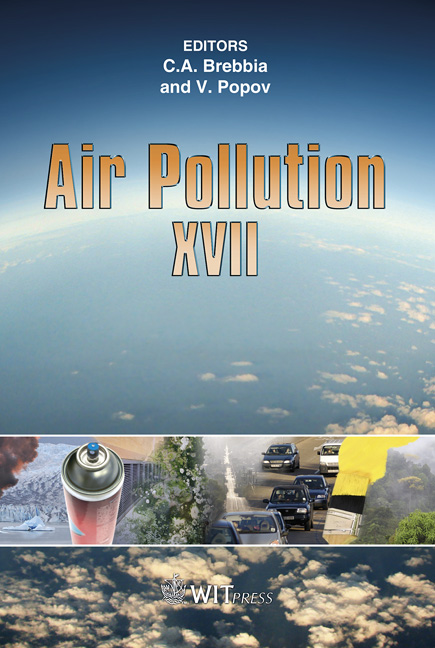Remote Sensing Study Of Motor Vehicles’ Emissions In Mexican Cities
Price
Free (open access)
Transaction
Volume
123
Pages
9
Page Range
193 - 201
Published
2009
Size
375 kb
Paper DOI
10.2495/AIR090181
Copyright
WIT Press
Author(s)
A. Aguilar, V. Garibay & I. Cruz-Jimate
Abstract
According to the North American Free Trade Agreement (NAFTA), signed by Canada, the USA and Mexico in 1992, beginning on January 1st 2009, Mexico may not maintain restrictions on the importation of used cars older than ten years. The increased influx of used vehicles might cause significant changes in the composition of the country's vehicle fleet and this might increase its contribution to air emissions. Due to this situation and the lack of reliable information for decision-making, in 2007 the National Institute of Ecology of Mexico carried out studies of emissions, activity and composition of the vehicular fleet in the Mexican cities of Mexicali and Tijuana, in Baja California State, which share a border with the USA. Measurements were carried out with an AccuScan RSD3000 remote sensing system for on-road vehicle emissions, to obtain concentrations of carbon monoxide, hydrocarbons and nitric oxide (CO, HC and NO) from exhaust fames. To determine the activity, composition and technological characteristics of vehicles, surveys were conducted and analyses of databases were made. The results show that the average of CO and HC from Mexicali and Tijuana are lower than in the Mexico City Metropolitan Area (MCMA), while the average for NO is higher. This study is the first effort conducted by Mexican environmental authorities to document the impact of imported uses cars in emissions. Keywords: remote sensing, exhaust emission, vehicle fleet characteristics.
Keywords
remote sensing, exhaust emission, vehicle fleet characteristics





